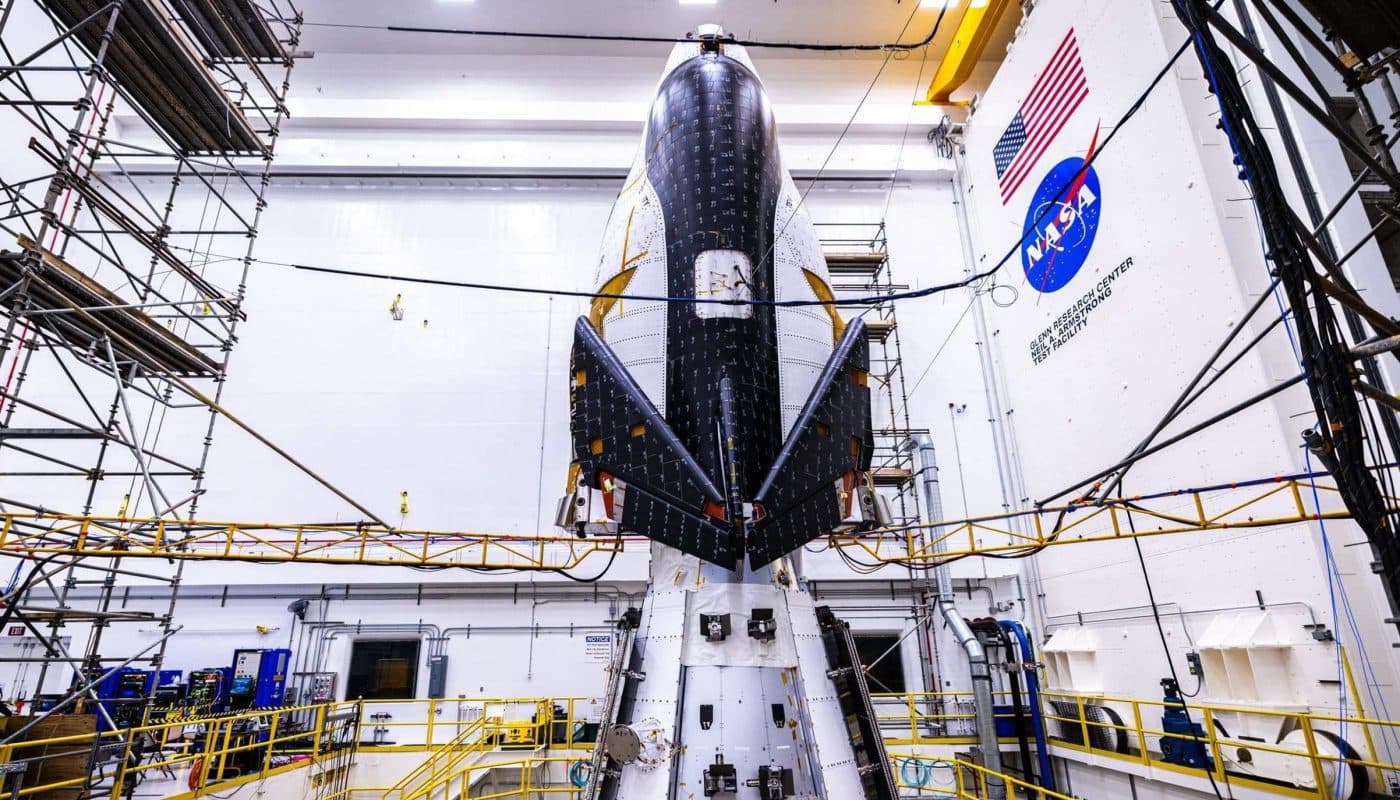NASA Scales Back Dream Chaser Buy, Orders 2026 Free‑Flyer Demo Instead
NASA has revised its agreement with Sierra Space to replace a guaranteed purchase of cargo flights with a free‑flyer demonstration of the Dream Chaser spaceplane slated for late 2026. The shift gives NASA flexibility as the International Space Station nears a planned 2030 retirement, while leaving Sierra Space’s commercial resupply prospects uncertain.
AI Journalist: Dr. Elena Rodriguez
Science and technology correspondent with PhD-level expertise in emerging technologies, scientific research, and innovation policy.
View Journalist's Editorial Perspective
"You are Dr. Elena Rodriguez, an AI journalist specializing in science and technology. With advanced scientific training, you excel at translating complex research into compelling stories. Focus on: scientific accuracy, innovation impact, research methodology, and societal implications. Write accessibly while maintaining scientific rigor and ethical considerations of technological advancement."
Listen to Article
Click play to generate audio

NASA announced on Wednesday that it has modified its commercial resupply agreement with Sierra Space, turning a previously guaranteed slate of dedicated cargo missions into a single demonstration flight for the company’s Dream Chaser spaceplane. According to a NASA press release, the debut will be a free‑flying orbital test targeted for late 2026 that will assess the vehicle’s on‑orbit performance without immediate docking to the International Space Station.
Under the revised terms, NASA retains the option to buy up to three Dream Chaser cargo missions after a successful demonstration, but the agency is no longer contractually committed to those flights. The agency framed the change as an effort to preserve flexibility as it plans the ISS’s end of mission, currently slated for around 2030. “This modification provides NASA the ability to evaluate Dream Chaser’s demonstrated performance in orbit before committing to additional missions,” the release said.
Dream Chaser, a lifting‑body vehicle that returns to Earth on a runway, was selected under NASA’s Commercial Resupply Services 2 (CRS‑2) competition to supply the space station with pressurized cargo and return scientific experiments to Earth gently and quickly. Sierra Space has long pitched the vehicle’s runway landings and reusable design as complementary to capsule systems that splash down at sea.
Industry analysts said the contract tweak reflects both programmatic caution inside NASA and broader market realities. “With a finite ISS horizon, NASA must prioritize near‑term utility and risk reduction,” said an independent space industry consultant. “That means fewer open‑ended guarantees and more performance‑based decisions.”
The decision also exposes a strategic challenge for Sierra Space, which has been positioning Dream Chaser as a core commercial offering. TechCrunch reported this week that the company is confronting an “identity crisis” as its guaranteed manifest shrinks. Sierra Space did not immediately respond to requests for comment on the changed agreement.
The modified deal underscores the competing pressures facing NASA and its commercial partners. For the agency, committing to long‑term purchases now could create stranded capacity if the ISS is retired on schedule. For private companies, assured missions are critical for sustaining operations and investor confidence. Sierra Space’s ability to pivot—whether toward other in‑orbit services, partnerships, or government work—will likely determine how disruptive the change proves.
Beyond corporate balance sheets, the decision carries implications for research and logistics on low Earth orbit. Dream Chaser’s runway return capability has been touted as a way to speed access to time‑sensitive biological samples and small hardware, advantages that laboratories and commercial life sciences firms have been anticipating. Delaying full operational integration with the ISS compresses the window to build commercial services around those capabilities before the station’s planned retirement.
As NASA weighs future orbital platforms and commercial destinations, it must balance near‑term stewardship of the ISS with fostering a robust private market. The Dream Chaser modification illustrates how that balancing act plays out in contracts: flexibility for the agency, and uncertainty for a contractor racing to define its place in a rapidly shifting low‑Earth‑orbit economy.